6. To Live and Die in L.A. (1985, William Friedkin)
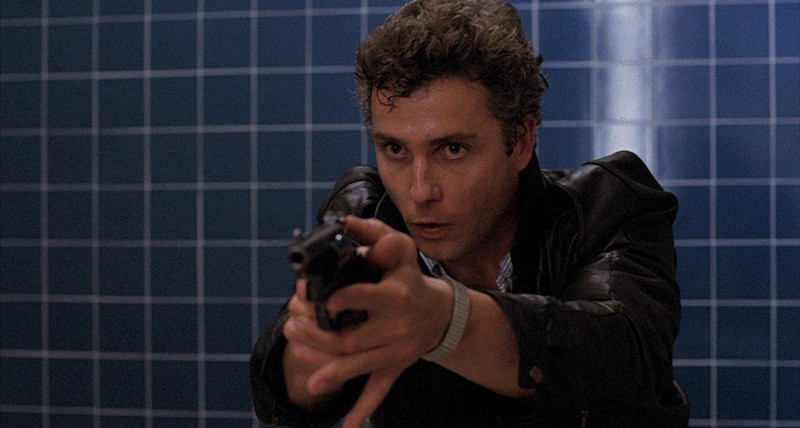
After his partner is killed by a notorious counterfeiter, a hot-headed secret agent becomes obsessed with bringing those responsible to justice by any means necessary.
William Friedkin has had a rocky on-and-off hit-and-miss career. He undoubtedly made some iconic films, like the highly influential Oscar-winning “The French Connection.” Then there’s “The Exorcist,” which still stands as one of the most critically acclaimed and successful horror films of all time. After the back-to-back success of those two films, he undertook the ambitious and costly remake of the French film “Wages of Fear,” which became “Sorcerer.” Initially panned by critics and bombing at the box office, “Sorcerer” was eventually re-evaluated as the masterpiece it is.
Things got worse before they became better with a string of commercial failures. In order to revitalize his career, Friedkin turned his attention to former secret agent Gerald Petievich’s novel of the same name. Working on a low budget and quick shooting schedule, Friedkin cast relatively unknown actors who would later become stars. William Petersen, Willem Dafoe, John Turturro and Jack Pankow gave the film raw and authentic performances in the younger years.
Although “To Live and Die in L.A.” had a modest box office undertaking, critical reception was muted. Many viewed it as the Los Angeles version of “The French Connection” and a big screen version of hit shows of the day like “Miami Vice.” And while those comparisons are just, “To Live and Die in L.A.” carves out its own unique identity.
It moves along at a frantic pace with a tight weaving of plot lines, blurring the lines of moralities and loyalties. With a soundtrack by New Wave band Wang Chung, it’s stylishly directed with the popular MTV influence of the day, which Friedkin’s years of experience give a special type of class and control. The style never gets ahead of itself. It’s a violent, excessive thriller where the action keeps coming.
Hell, if you’re going to compare it to “The French Connection,” then you have to admit that the car chase here outdoes the legendary one there. That’s how you go bigger without going BIGGER. Besides being an 80’s film through and through, “To Live and Die in L.A.” has stood the test of time.
7. One Wonderful Sunday (1947, Akira Kurosawa)
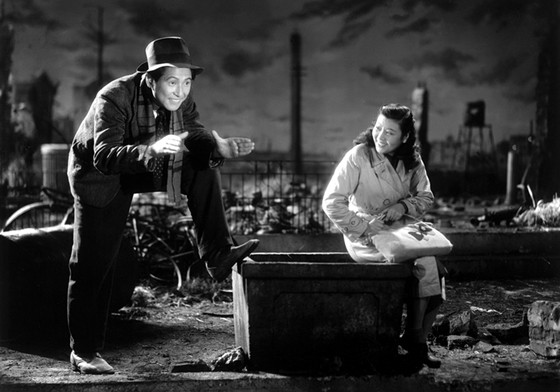
This Kurosawa gem follows a young engaged couple as they spend the day throughout Tokyo. With only 35 yen between them and Sunday being the only day of the week they can meet, they’re determined to make the most of their day and seek out adventure.
It seems that the more films a director makes, the more likely that a few will remain in the shadows. Kurosawa directed 30 films in his long and illustrious career. The fact that he made so many classics that influenced so many careers speaks to the magnitude of his talents. Before becoming a household name and making classics like “Rashomon,” “Seven Samurai,” “Throne of Blood” and “Yojimbo,” Kurosawa made this criminally overlooked masterpiece.
Filmed and set in postwar Japan, less than two years after it was bombed, it’s a simple love story of a couple trying to keep it together in changing times. Occupational forces are felt but not seen. The streets and buildings are in ruins. Yuzo (Isao Numazaki) and Masako (Chieko Nakakita) wander through the city looking for something to do. They meet every Sunday as neither have privacy in their home lives.
It’s in this one, the ironically wonderful Sunday where the story takes place. As they go from one place to another, they share their hopes and dreams of the future in a surrounding that seems unlikely to grant them such. It’s a story of young love and all the promise of building a future together against all odds.
It’s a strange film to see from Kurosawa (especially the ending) when compared to his later works. It’s also one of his most touching, sweet, hopeful, “hand me a box of tissues while I pretend there’s something in my eyes” picture.
8. Chimes at Midnight (1969, Orson Welles)
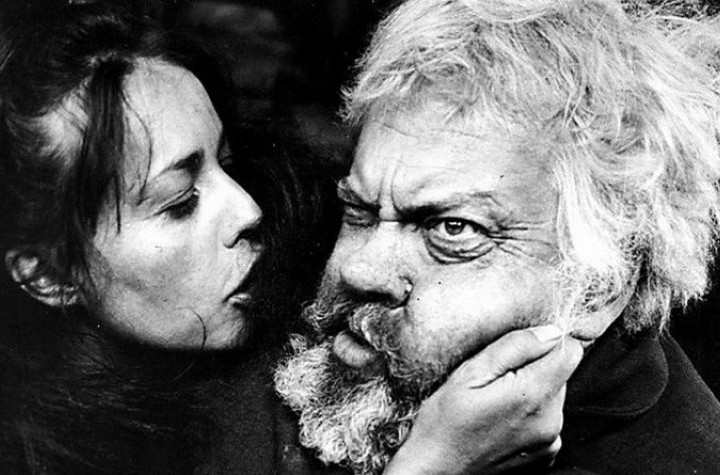
Prince Hal has two father figures with whom he must choose loyalty: Henry IV, his real father whose usurped the English throne and is facing rebellion, or his close friend, the buffoonish John Falstaff.
For years, fans and cinephiles have been unable to watch a legal version of “Chimes at Midnight” because of ownership disputes. Bootleg copies thrived, of course, but in poor quality. And before that, the release of the film was greeted with mostly negative reviews, which caused it to receive little to no distribution and marketing.
But the great thing about art (or should we say Orson Welles movies) is that it lives on against all odds. Great art and great movies always find a way to survive. And that’s saying a lot about a film that has notoriously poor audio quality and is still considered a masterpiece. Even with its obvious and distracting dubbing that could be too much for some viewers, “Chimes at Midnight” is still a fascinating watch.
The 2016 restoration improves and enhances things as best as possible, but once you get used to or accept the reality of the film’s production flaws, you will be rewarded with a special viewing.
Based in part on five different Shakespeare plays and the recurring character John Falstaff, “Chimes at Midnight” contains one of Welles’ best performances. He takes the buffooneries of Falstaff and instills an emotional dynamic that many have compared to him and/or his father. His chemistry with Keith Baxter is what lays the cornerstone of the film. Baxter along with John Gielgud make sure that Welles doesn’t hog all the spotlight in the acting department.
It’s no secret that Welles thought it was his best film and it’s not hard to see why. It’s his most personal film and contains some of his best work before and behind the camera. It might not reach the reputation of his other work, but it occupies a special place in his filmography.
9. Taking Off (1971, Miloš Forman)
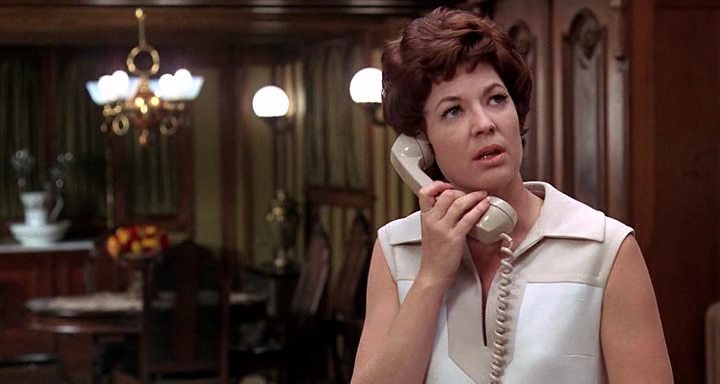
When their teenage daughter runs away from home during the crazy era that was the 1960s, worried parents Lynn and Larry join a support group for parents of runaways and learn about youth culture.
The late great Miloš Forman passed away earlier this year and will always be remembered for his amazing work on “One Flew Over the Cuckoo’s Nest,” “Amadeus” and “The People vs. Larry Flynt.” Before making those great films, the Czech director came to America to make his first American film “Taking Off.”
This forgotten and special picture looks at both sides of life in the late 60s. It looks at the disillusioned and rebellious youth who are trying to find themselves. As well as their confused and worried parents who try to understand them. One side follows Jeannie who’s run off to the city to attend musical auditions with hopes of becoming a singer. The other more prominent side follows her parents as they go searching for her through the city, meeting various elements of the counterculture of the era.
There are some memorable scenes in this light-hearted comedy. The most notable being a young Kathy Bates singing “Even Horses Have Wings,” an auditioner singing a folk song about fucking, and the conservative parents trying marijuana for the first time. Written in two different countries and shot on a shoestring budget, “Taking Off” is a fresh look at the generational conflict of the time. While episodic in structure, it never gets boring and has aged gracefully.
10. The Magician (1958, Ingmar Bergman)
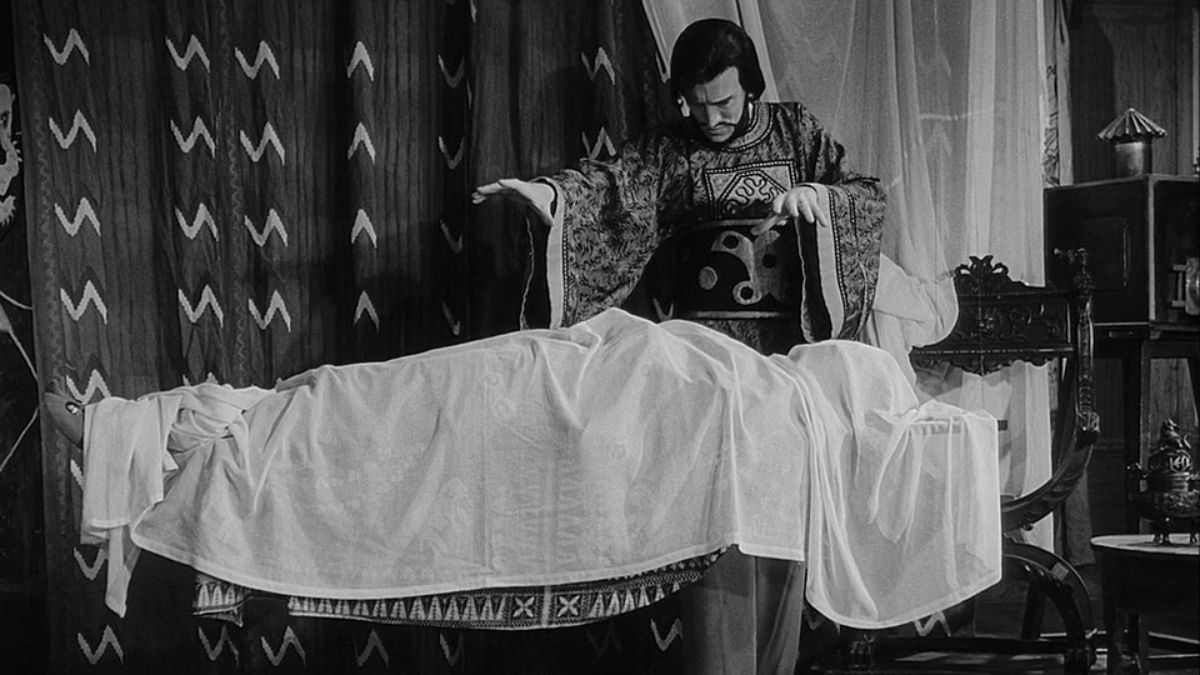
When a traveling illusionist and his troupe of misfits with a reputation of disturbances come to town, he’s put to the test before being allowed a public showcase. A battle of wits ensues between the diabolical illusionist and the doubting committee of townspeople.
Starring Bergman regulars including Max von Sydow, Ingrid Thulin, Gunnar Björnstrand and Bibi Anderson, among others, “The Magician,” like many Bergman films, has a powerhouse cast. Von Sydow is his usual enigmatic self as the crafty Dr. Vogler, able to grab attention with the slightest of looks and mannerisms. And Bjornstrand is his usual abrasive yet charming self as the doubting Dr. Vergérus.
Made at the height of his career after the double whammy that was “The Seventh Seal” and “Wild Strawberries,” it’s surprising how underrated this film is. It’s perhaps one of Bergman’s most thrilling and flat-out entertaining films. Filled with twists and turns, it keeps its audience guessing, both on and off screen. Nothing is quite as it seems as Bergman shows his playful side with his trademark philosophical questions.
With subtle looks at social art vs. integrity, class vs. belief, science vs. magic or more appropriately religion, “The Magician” is cunning as it is witty, it’s spiritual as it is artificial and magical as it is real. Not to mention the gorgeous black-and-white cinematography and spellbinding shots.
From its eerie opening in the forest, it’s a mesmerizing and somewhat strange film. Using horror, suspense, drama, comedy and good old fashioned movie-making magic, “The Magician” succeeds in everything it sets out to do and then some.
Author Bio: Allan Khumalo is a lover of all things cinema. That is all.